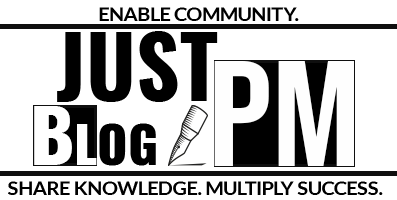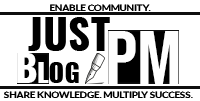The ‘Make or Buy’ analysis is a pivotal thread in the intricate tapestry of project management. It’s a strategic decision-making process that can significantly influence the trajectory of a project. But how does one navigate this complex choice? The answer lies in a blend of systematic analysis and seasoned expertise.
Essential Details:
- Make or Buy Analysis:
- Purpose: To determine which project components should be developed in-house and which can be procured externally.
- Factors: The decision hinges on various elements:
- Schedule Constraints: Procuring externally might be faster if internal resources are occupied.
- Cost Implications: Both direct and indirect costs must be considered. While direct costs involve the actual expenditure on the item, indirect costs encompass planning, administration, and other related expenses.
- Total Effective Cost: This encapsulates the actual expenditure on the item and all associated indirect costs. Procurement is justified when the total cost aligns with the project’s budgetary constraints.
- Expert Judgment:
- Role: While numerical analyses provide valuable insights, the ‘Make or Buy’ decision often requires nuanced understanding and experience. This is where expert judgment becomes indispensable.
- Qualities of Experts: They possess subject matter expertise and have a track record of making decisions that minimize project risks. Their insights are invaluable in determining procurement processes, contracts, and other related areas.
- Outcome: Leveraging expert judgment ensures that the chosen path aligns with the project’s objectives, optimizing chances of success.
Summary:
The ‘Make or Buy’ conundrum is more than a binary choice; it’s a strategic decision that can shape a project’s outcome. By combining rigorous analysis with expert insights, project managers can make informed decisions that bolster the project’s chances of success while ensuring optimal resource allocation.


